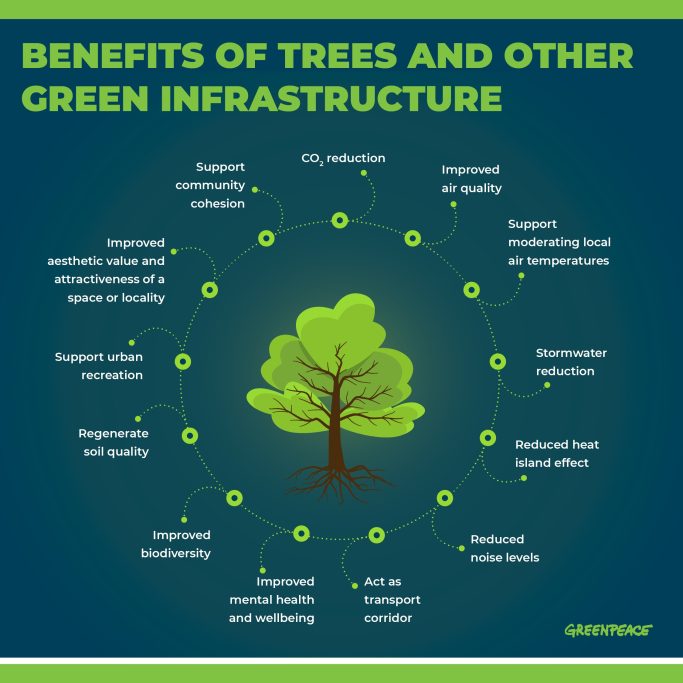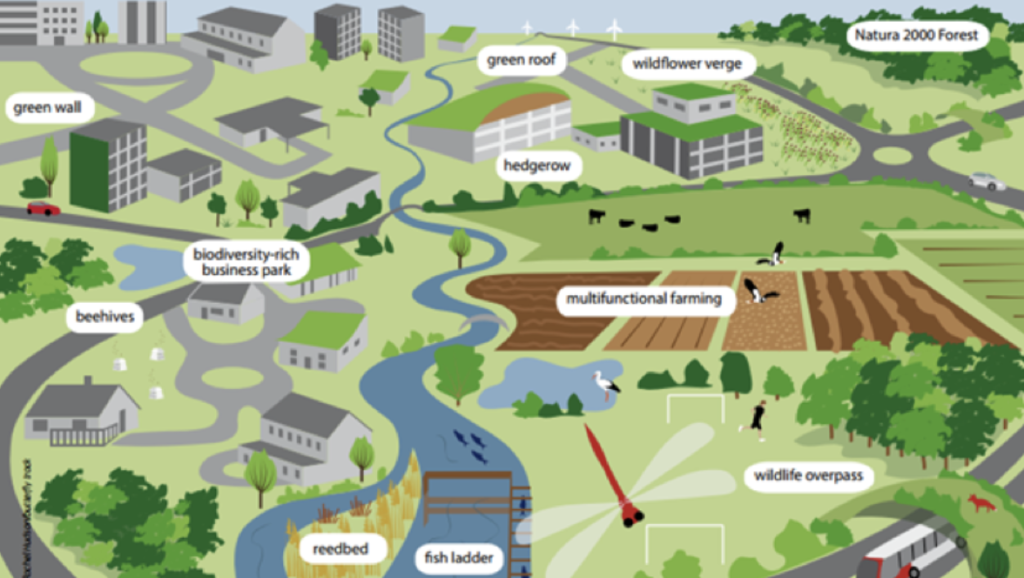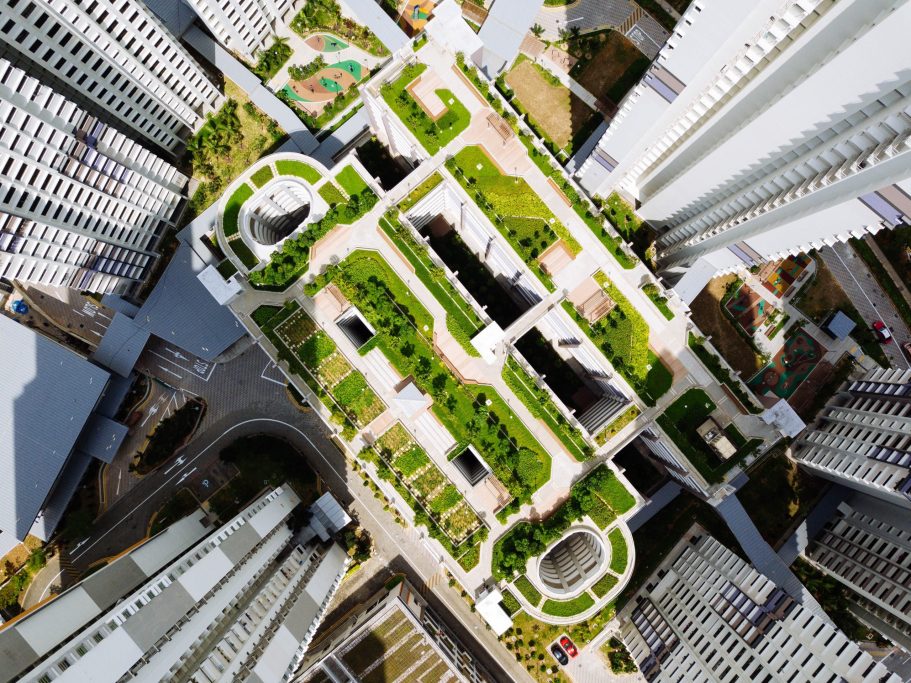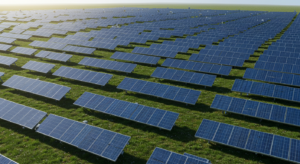Urban areas, constantly bustling with activity, face many challenges like pollution, erosion, and urban heat island effect. These problems are often exacerbated by gray infrastructure, conventional stormwater infrastructure, and a lack of natural areas. However, green infrastructure, including features like green roofs, green streets, and urban green infrastructure, offers a promising solution. Let’s explore how integrating green infrastructure practices can rejuvenate our cities and enhance urban residents’ health and well-being.

Green Infrastructure: A Sustainable Alternative
What is Green Infrastructure?
Green infrastructure includes natural and semi-natural systems that provide ecosystem services and environmental benefits. These systems can include green roofs, rain gardens, urban forestry, green infrastructure approaches like shading building surfaces, and much more. Compared to gray infrastructure, green infrastructure improves urban biodiversity, water quality, and offers a range of benefits.

Green Infrastructure vs. Gray Infrastructure
Existing gray infrastructure often leads to problems like combined sewer overflow, flood risk, and limited recreation space. Green infrastructure, on the other hand, complements and sometimes even replaces grey infrastructure, reducing gallons of stormwater and mitigating the associated negative impacts.
Benefits of Green Infrastructure
Economic Benefits
Green infrastructure creates green jobs, increases property value, and provides numerous other economic benefits. The development and use of green infrastructure can lead to sustainable urban growth, incorporating green infrastructure practices into urban planning.
Environmental Protection
Green infrastructure can help in reducing pollution, controlling stormwater runoff, and improving air quality. The Environmental Protection Agency encourages green infrastructure practices to support environmental protection efforts.
Health Benefits
Urban greening, such as street trees and green parks, improves human health by enhancing air quality, providing recreation opportunities, and fostering social benefits.
Climate Change Mitigation
Green infrastructure provides solutions for climate change mitigation by reducing urban heat island effect, managing rainfall, and controlling erosion. Features like urban forest, green infrastructure features like green roofs, and tree canopies are vital in this aspect.
Case Studies: Green Infrastructure in Action
Urban Heat Island Reduction
Urban areas can use green infrastructure to reduce the urban heat island effect. Greening urban green spaces and including green infrastructure like urban parks help in cooling air temperatures.
Stormwater Management
Stormwater management systems that use green infrastructure, such as rain gardens, green infrastructure strategy, and green infrastructure plans, can efficiently manage runoff. This infrastructure would significantly reduce flood risk and improve water quality.
Conclusion
The value of green infrastructure is evident in both social and environmental spheres. Whether it’s housing and urban development or parks and green areas, green infrastructure is often key in urban transformation. By building green infrastructure, cities can provide urban residents with better living conditions and protect the environment. It’s time for much green infrastructure in our urban life.




